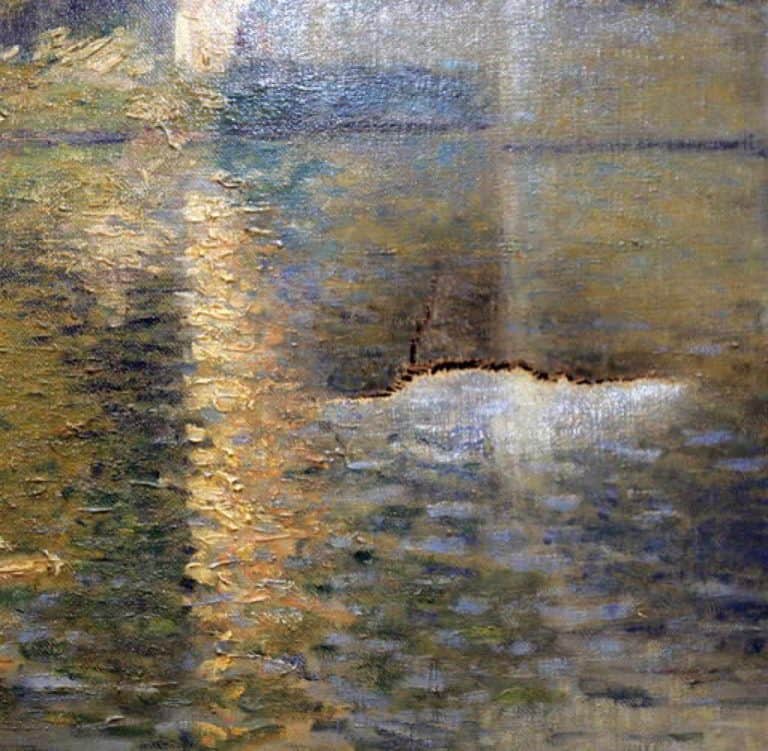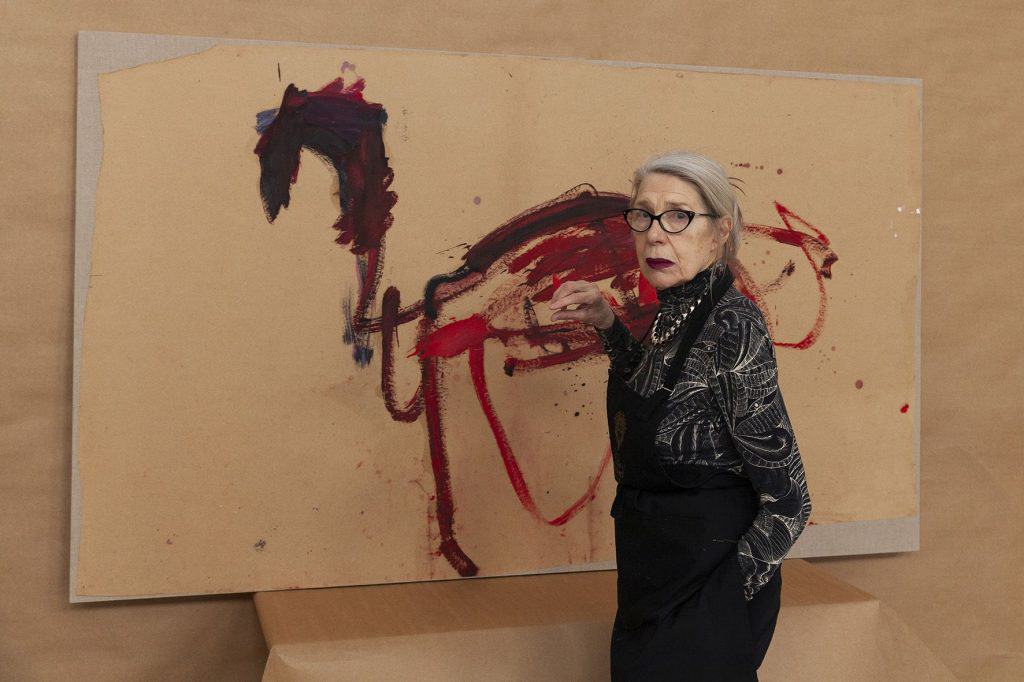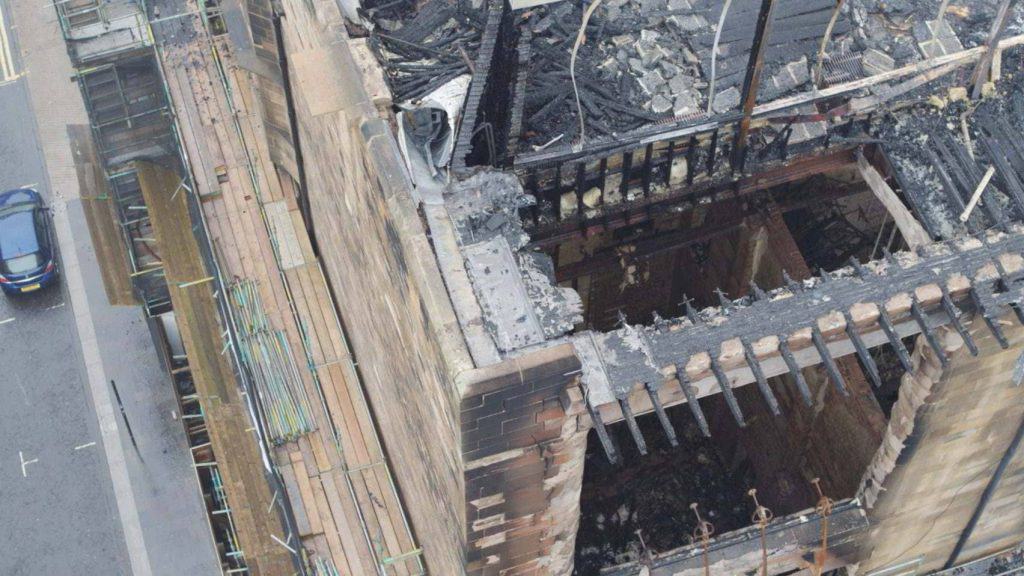By Will Fenstermaker/artspace.com
✪ When Hurricane Sandy hit the east coast in October 2012, one of the most damaged neighborhoods in New York City was Chelsea, the art district along the Hudson River. Flooding on some streets reached five feet, and numerous ground floor galleries suffered severe damage both to the structure of the buildings themselves, and the artworks within.
Now, almost five years later, many are still recovering, thanks to skyrocketing insurance premiums and reduced coverage. Still other galleries have left Chelsea altogether in search of more affordable spaces to offset the increasing costs of rent and insurance. All this is to say nothing of the lost works of art.
Chelsea is no longer the sole arts district in New York, and many of the newer hubs are also at risk—Gowanus, most of north Brooklyn, and parts of the Lower East Side are all located in flood zones. But even higher ground won’t save collections. In 2009, renowned collector Peggy Cooper Cafritz, a founder of the Duke Ellington School of Arts, lost her priceless collection of African and African American art to a house fire in Northwest D.C. We don’t say “priceless” to contribute to the mythologizing of art, either—Cafritz’s collection literally hadn’t been appraised in years, meaning insurance companies weren’t able to fully return her losses, leaving one of the most fastidious collectors of under-represented art to start from scratch.




